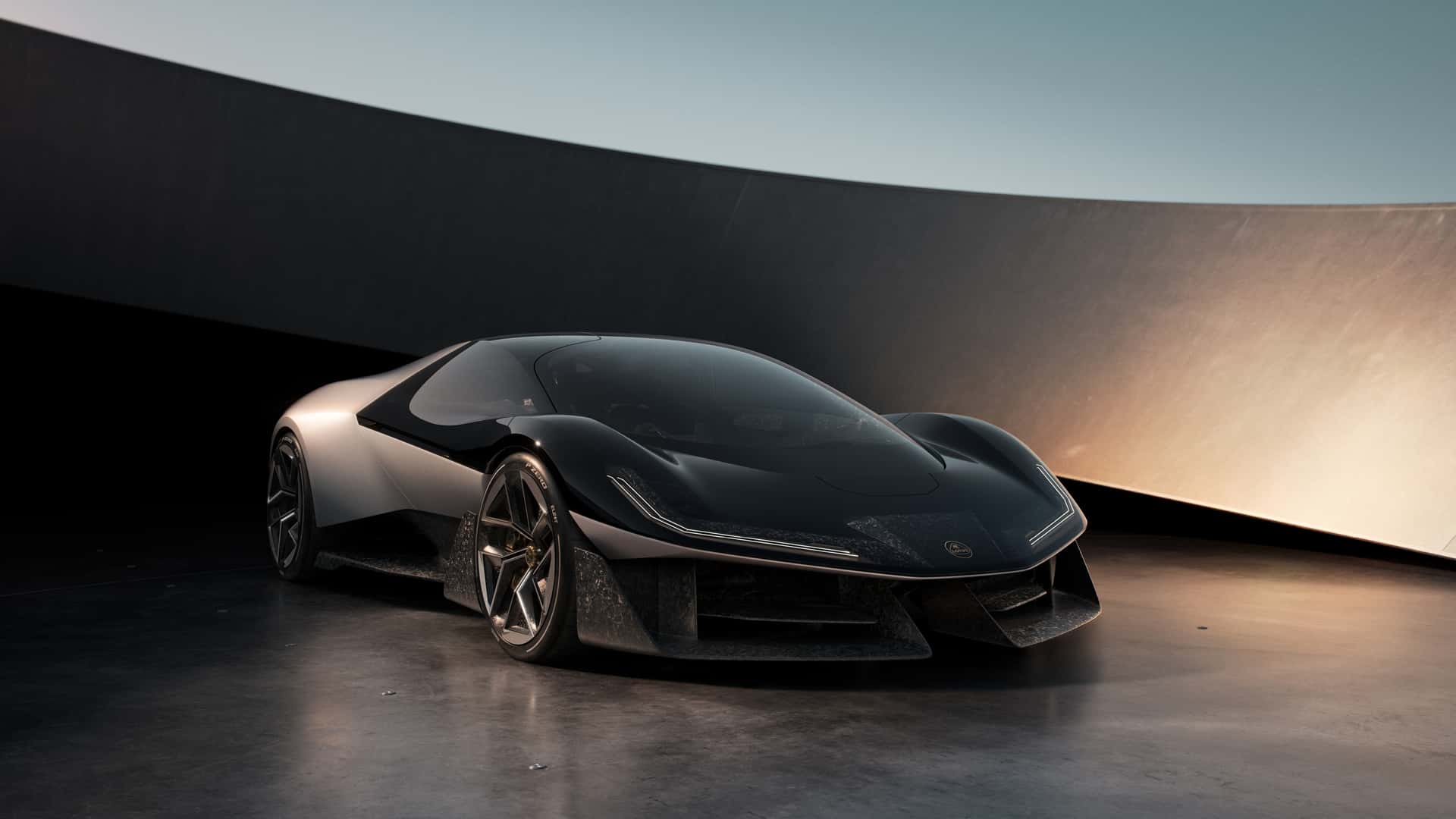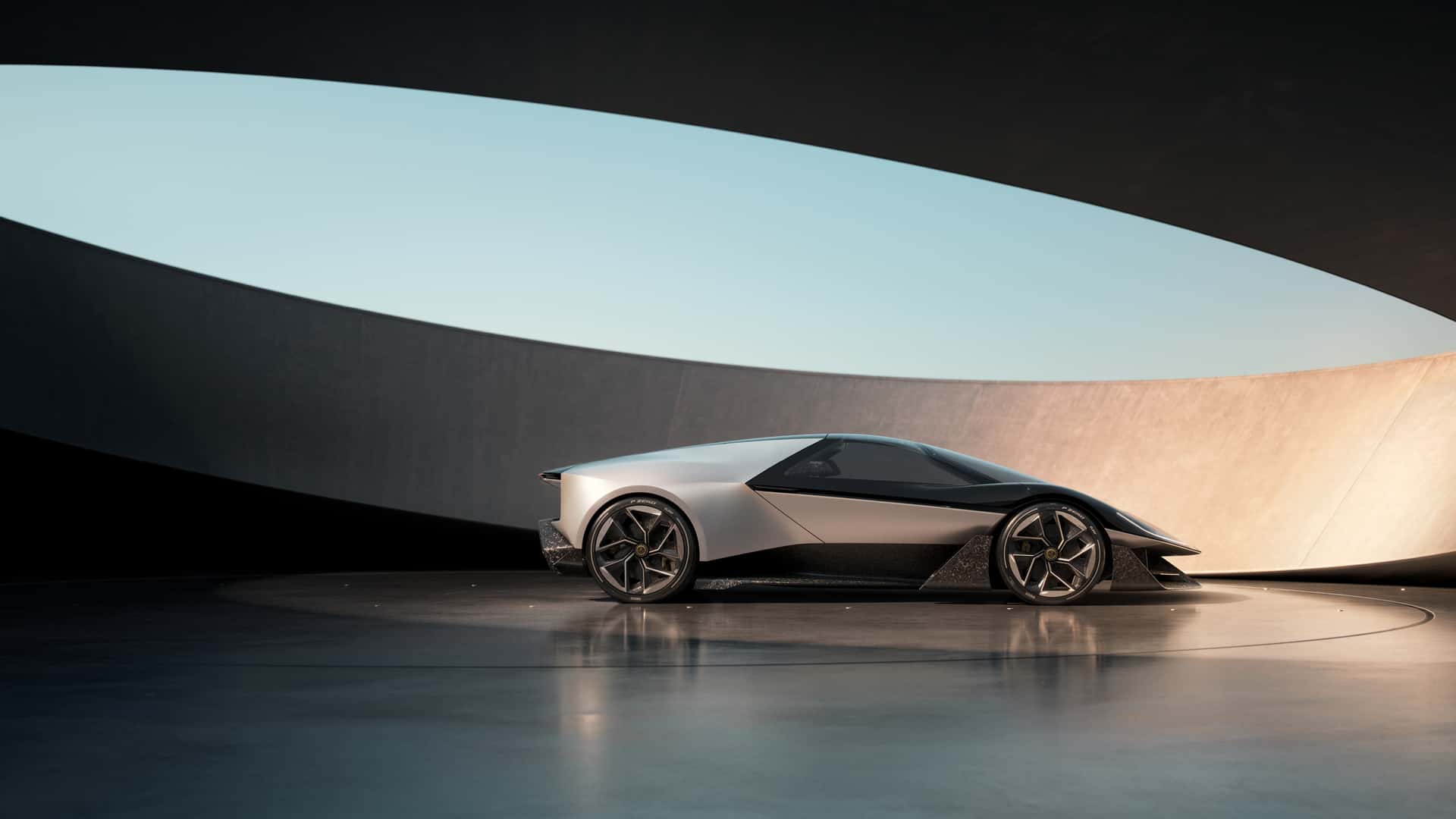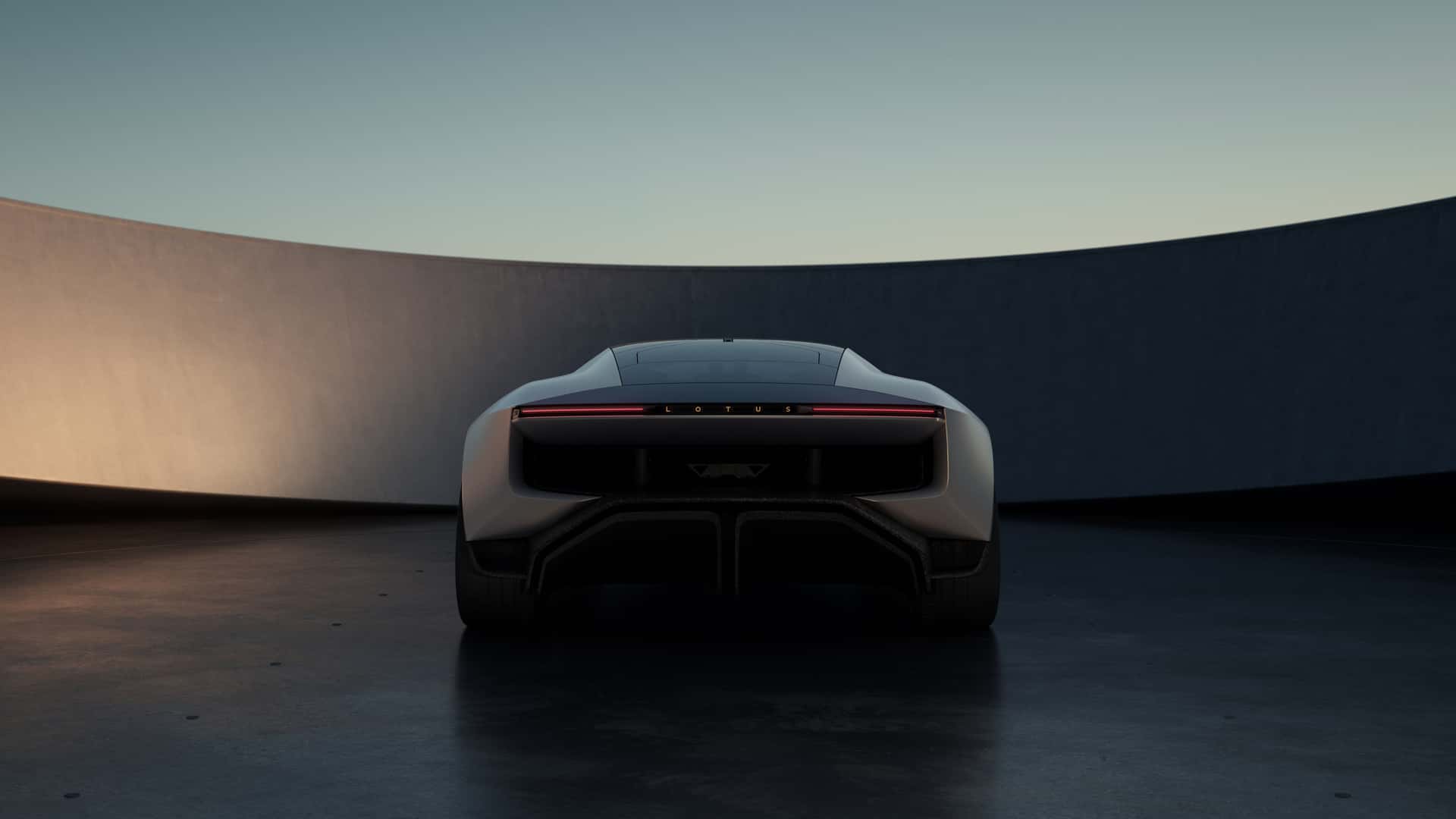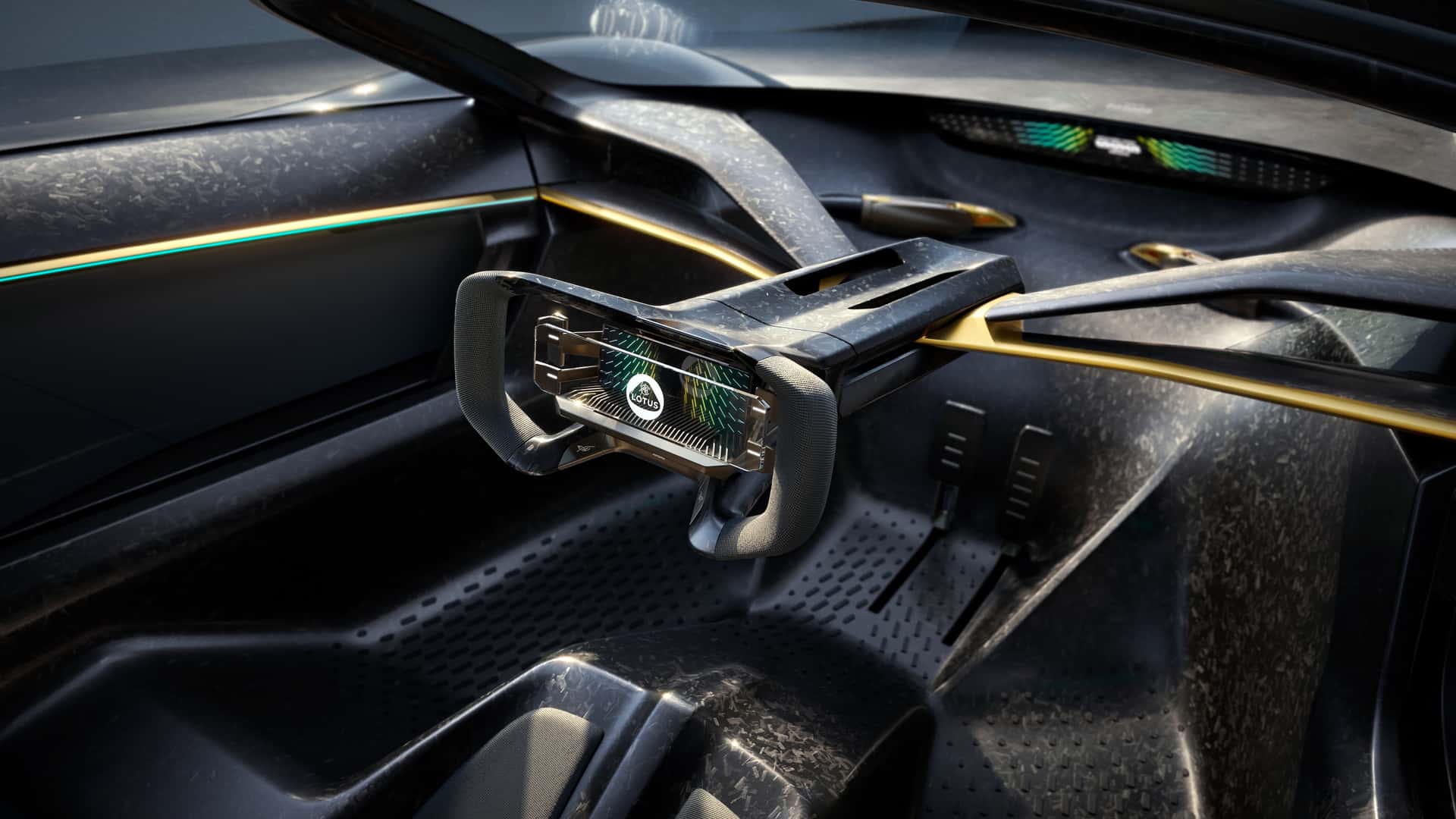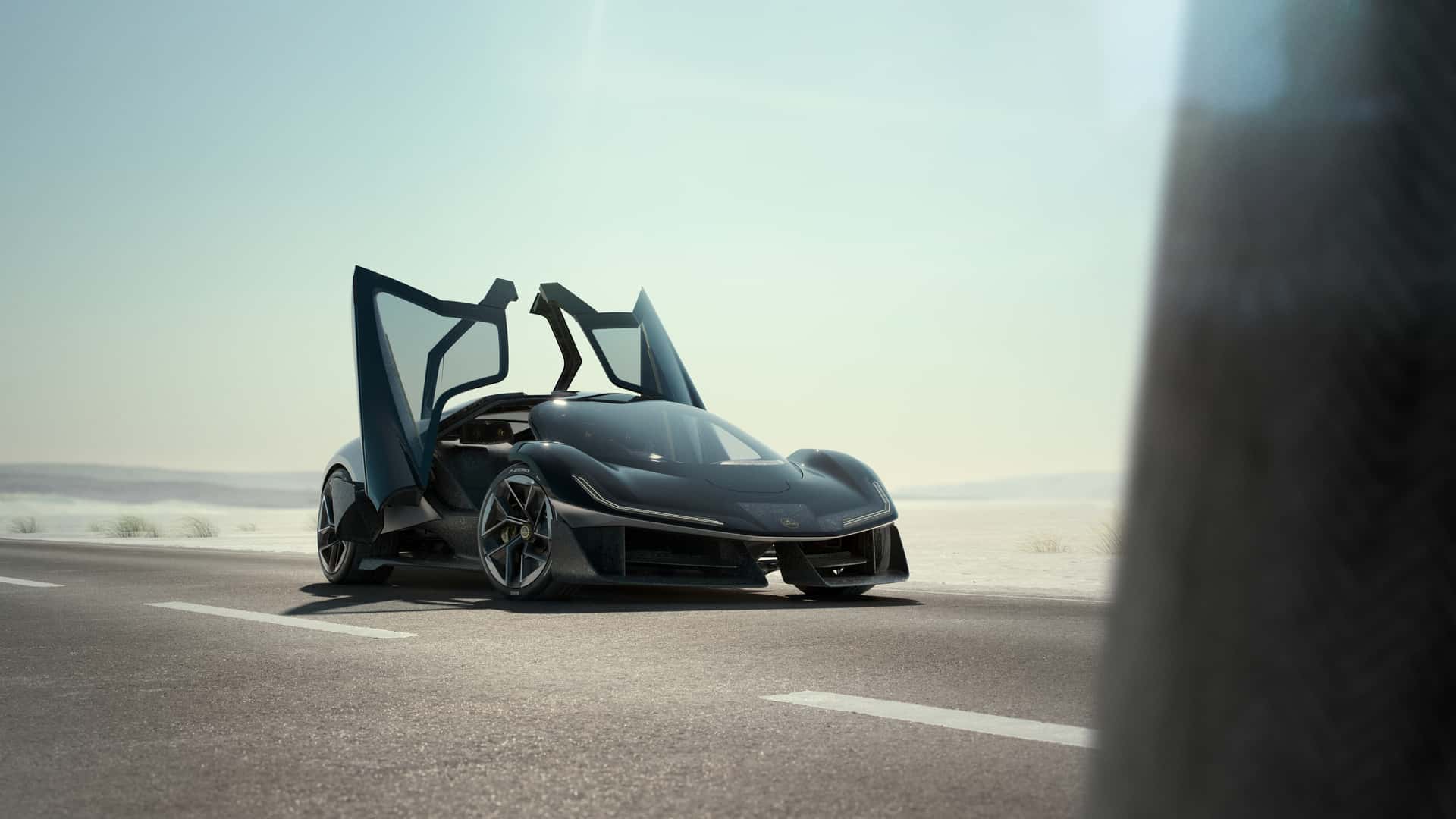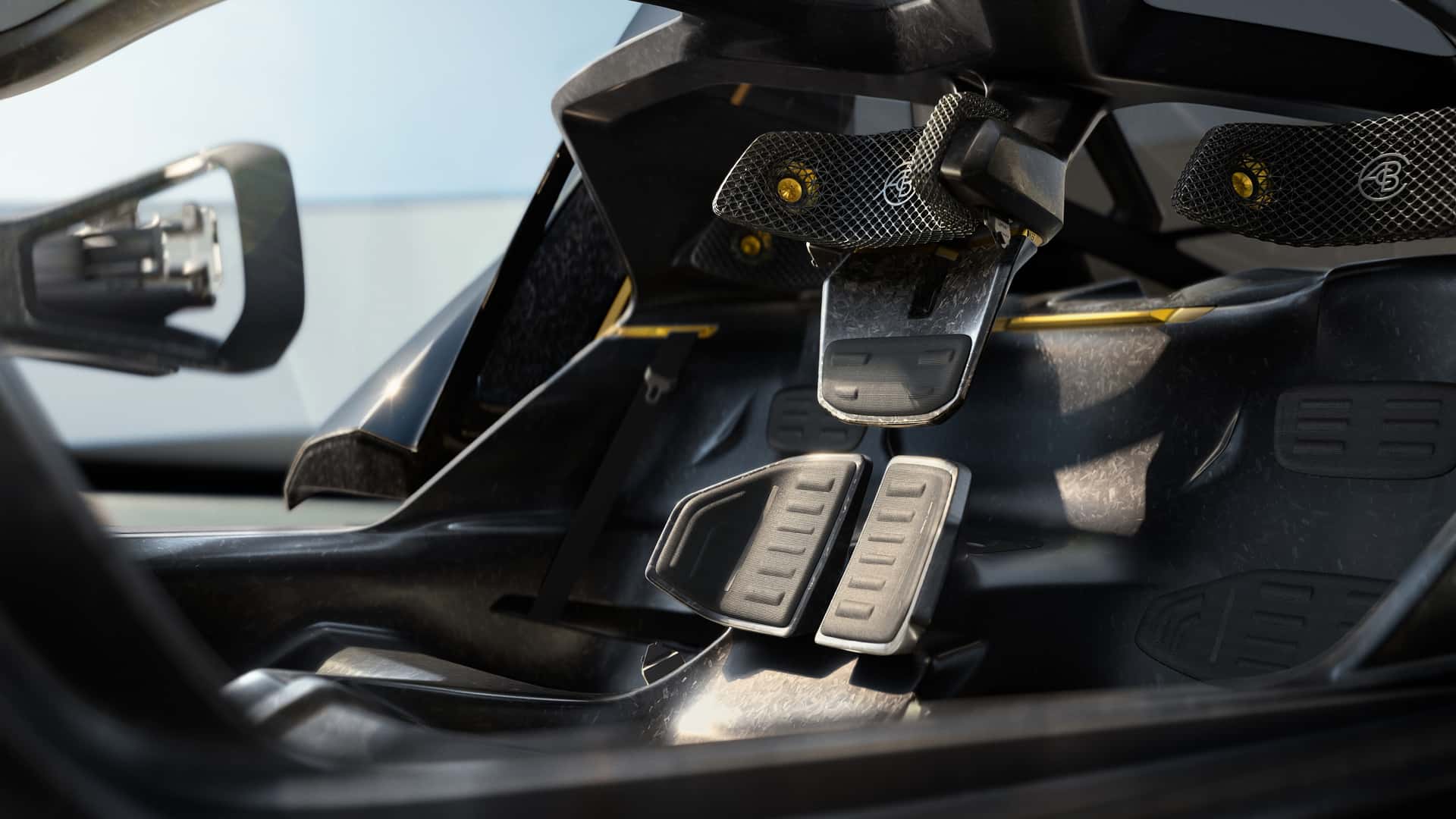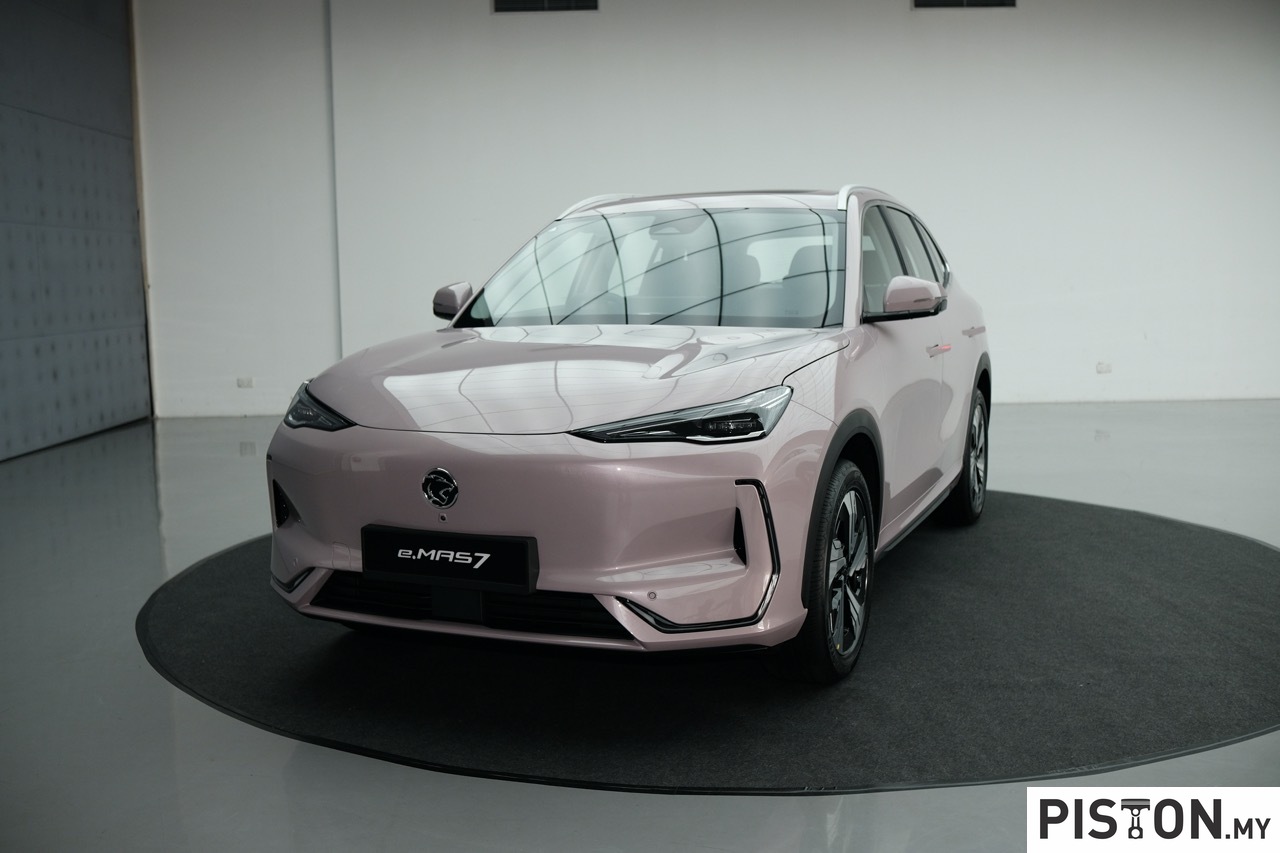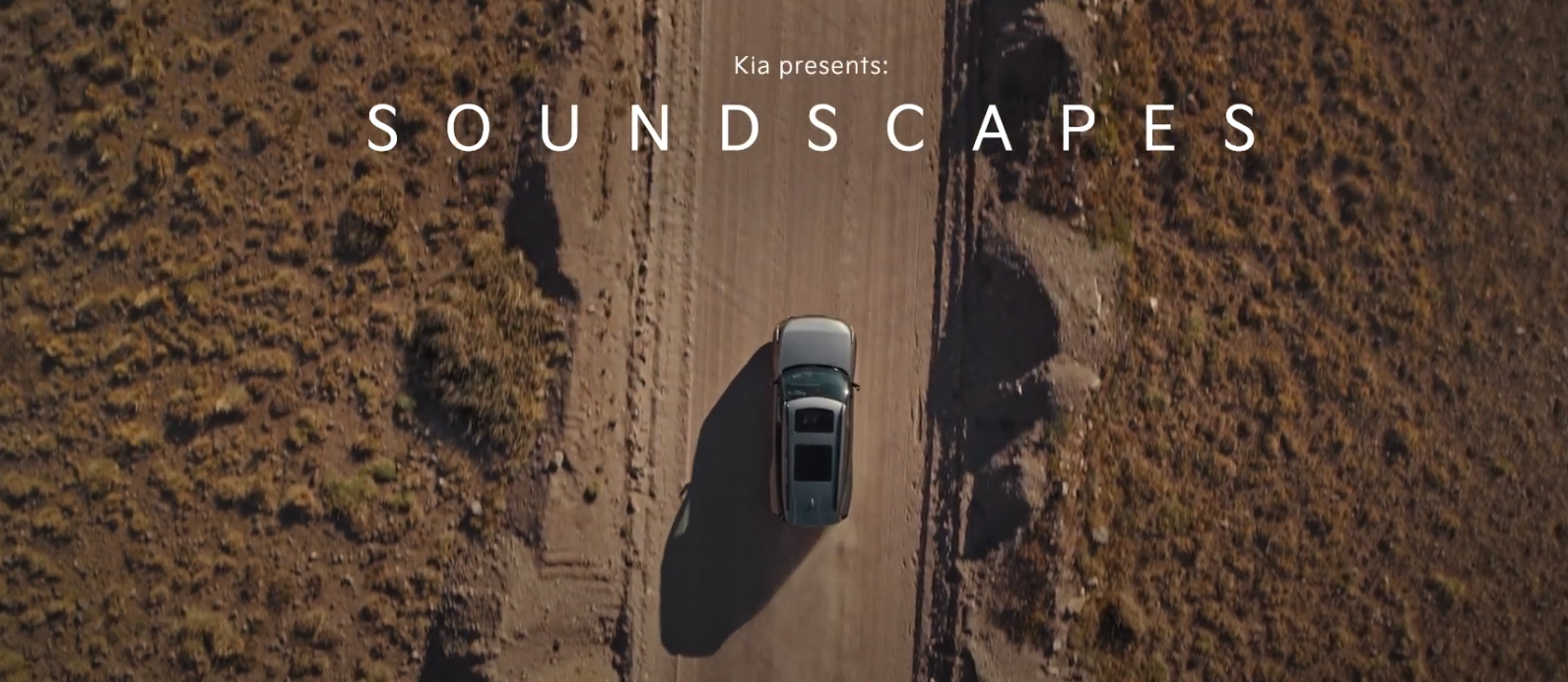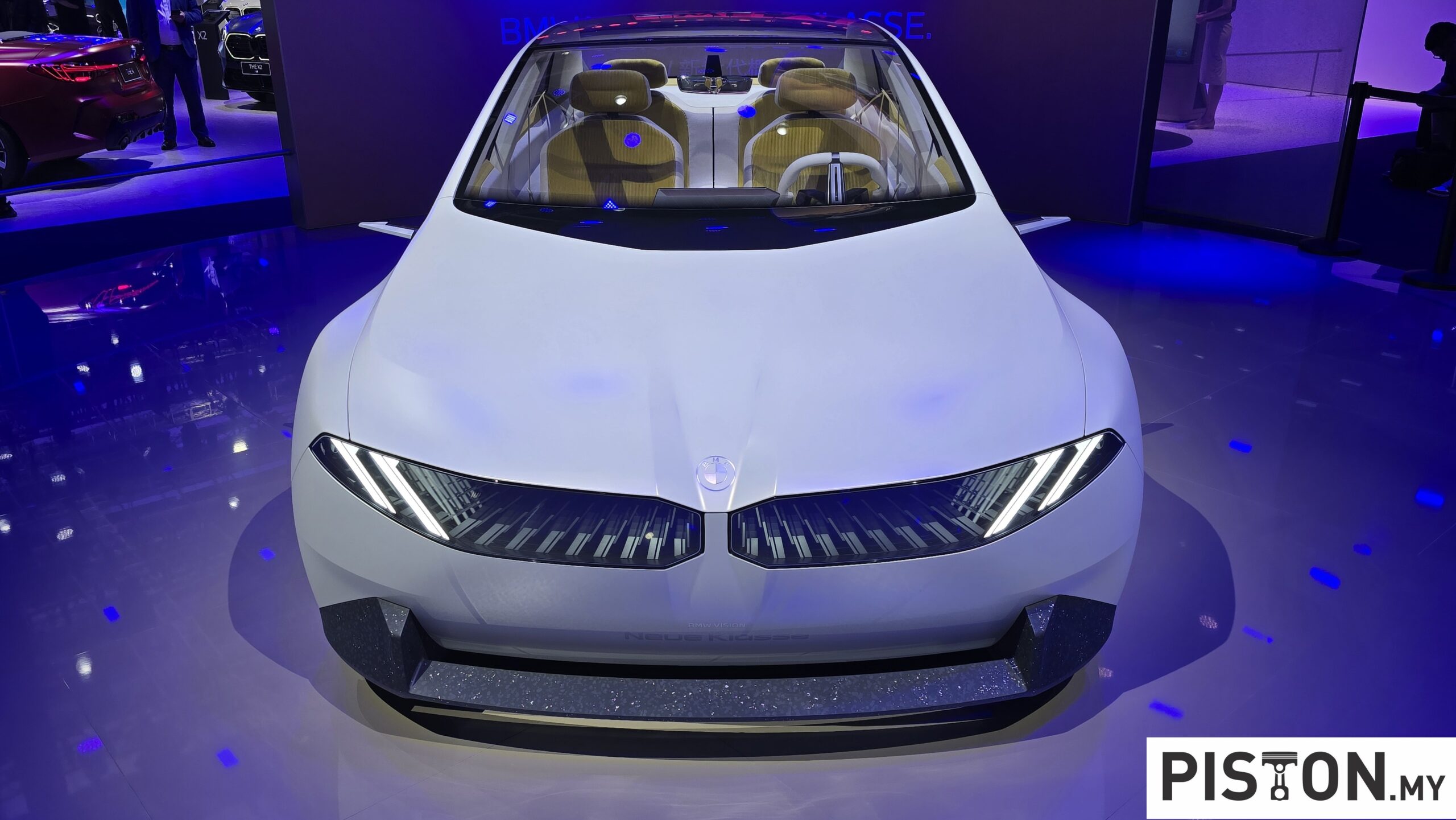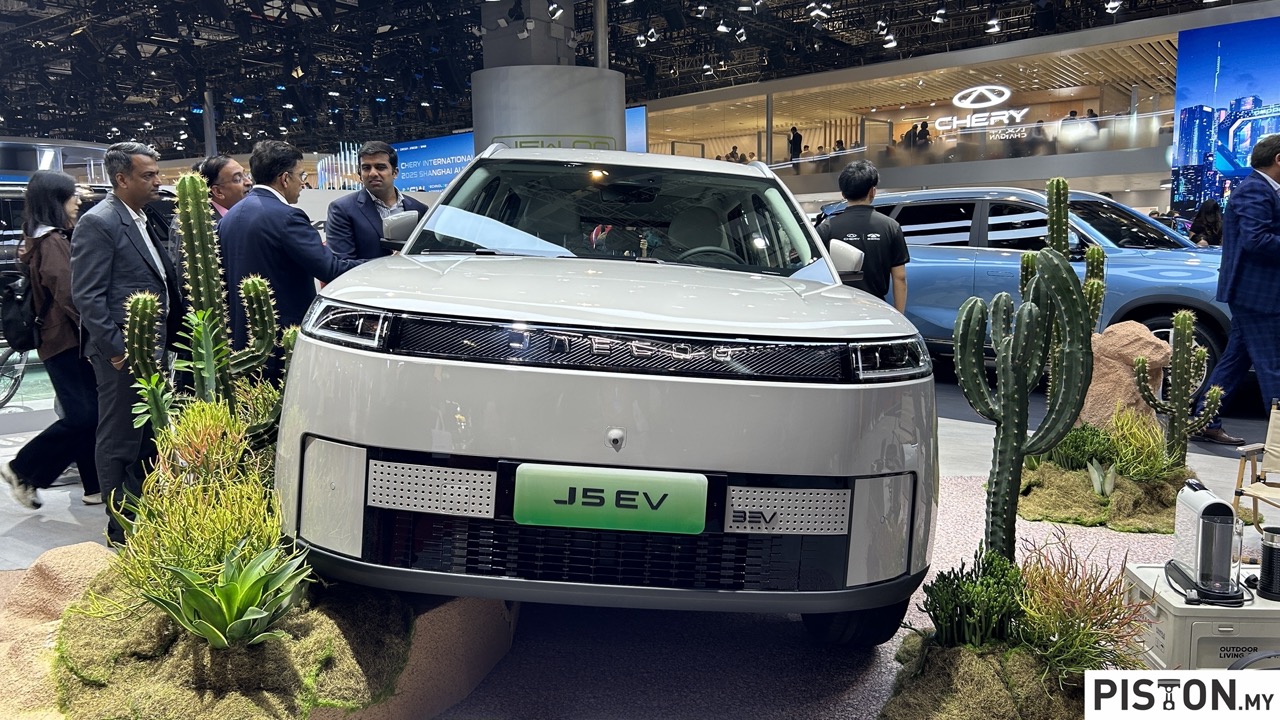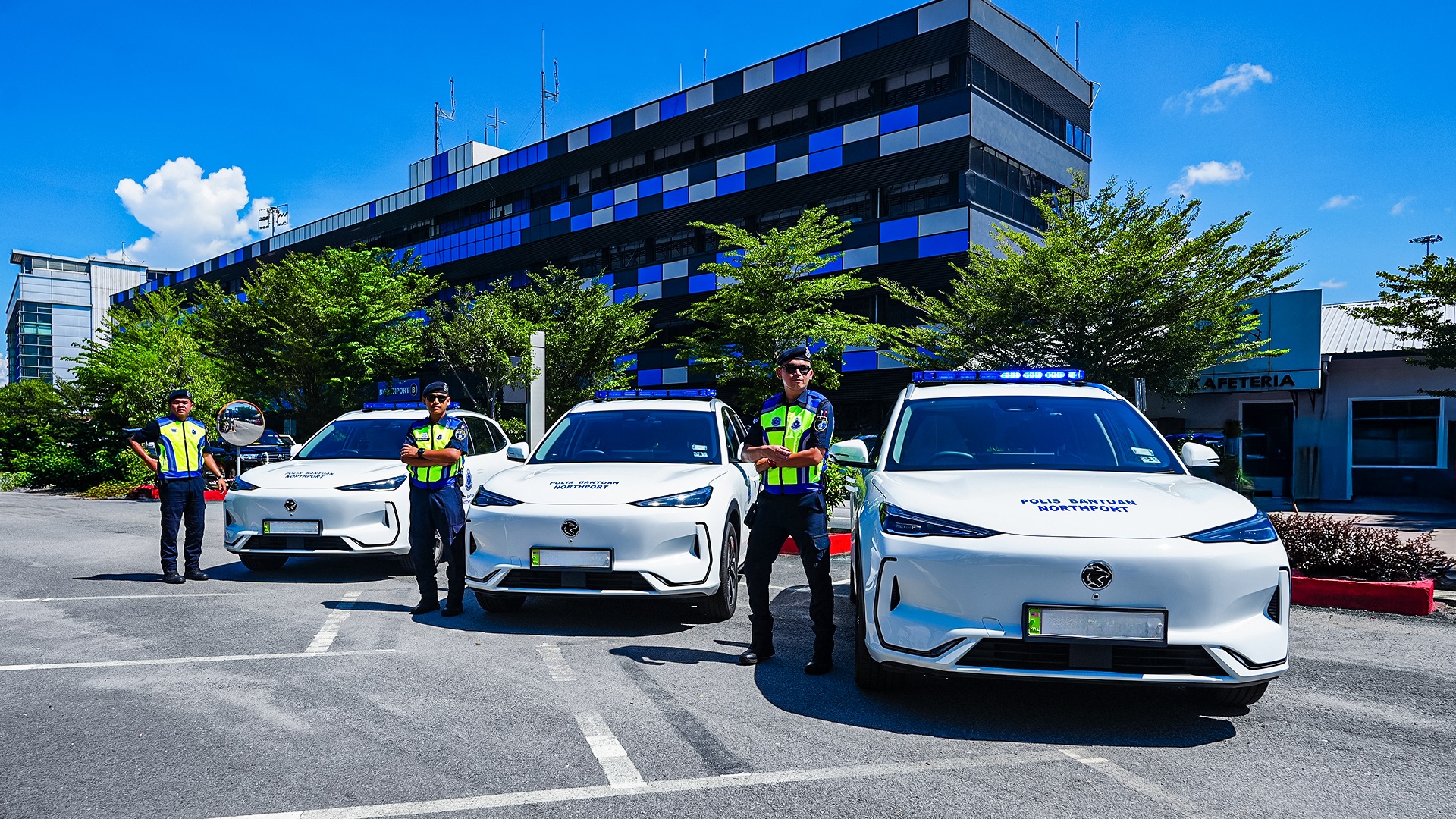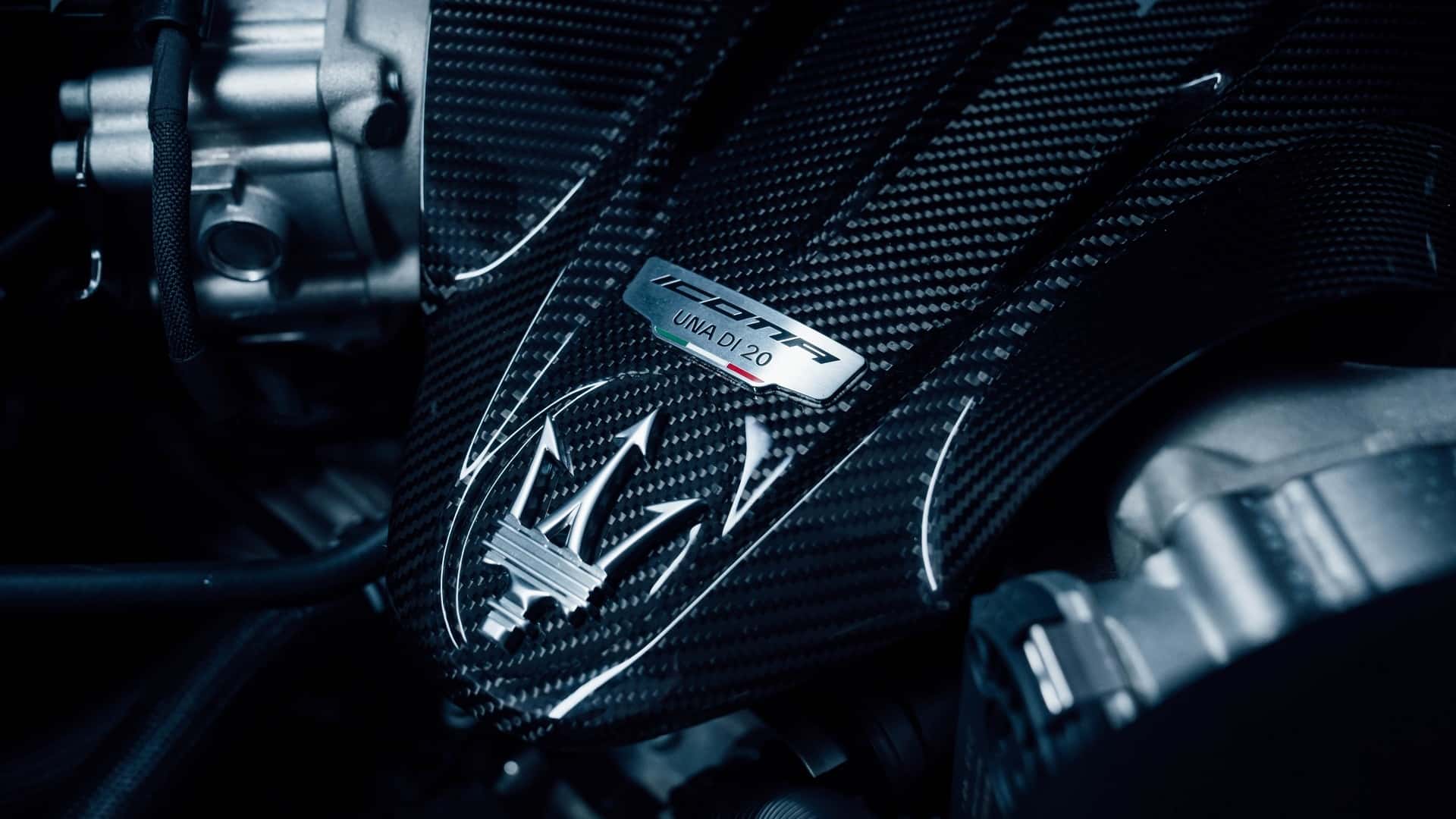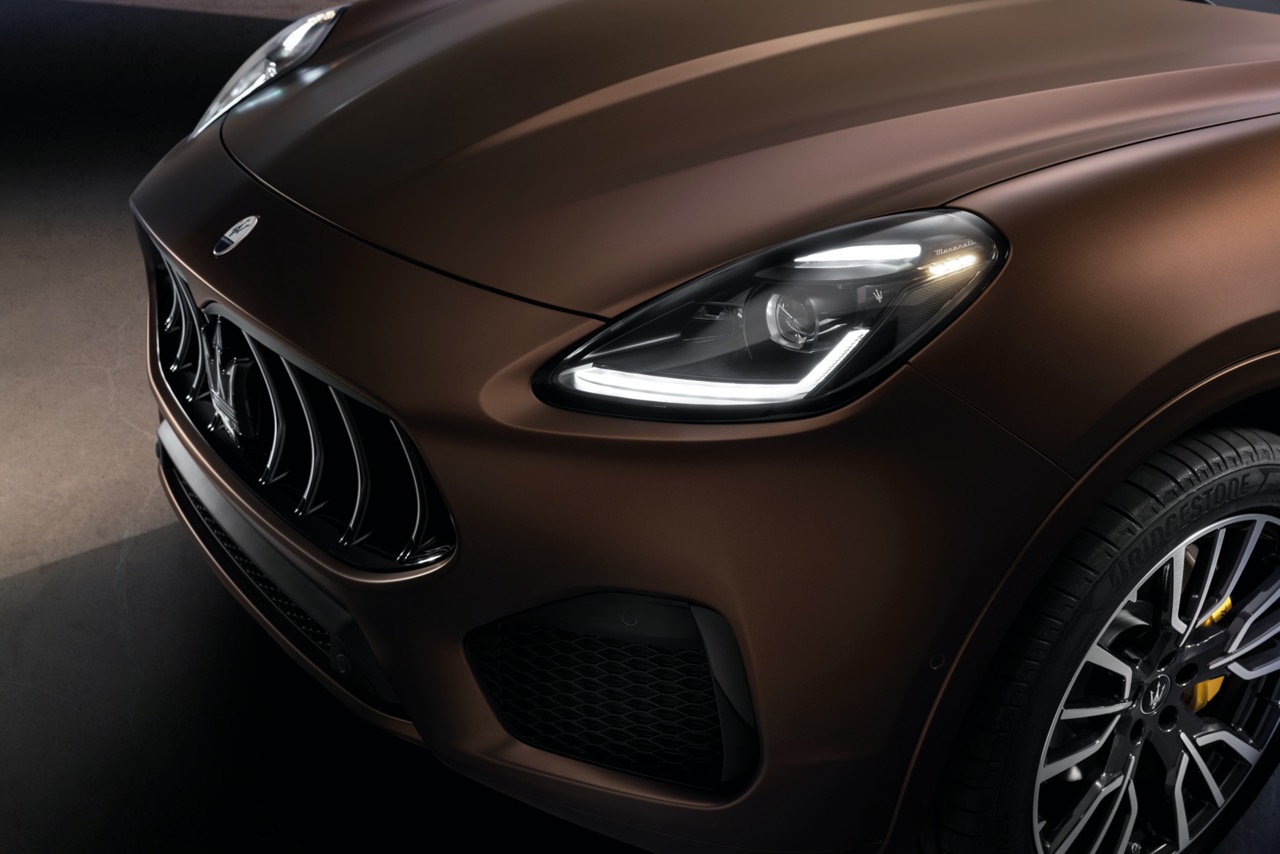In an ambitious step forward, Lotus has revealed its latest concept car, the Theory 1, which showcases the company’s vision for the future of intelligent performance vehicles. At the heart of this innovation is Lotus’ new design philosophy, The Lotus Theory, encapsulated by three core principles: Digital, Natural, and Analogue (DNA). These guiding principles aim to shape the future of Lotus cars, blending cutting-edge technology with a refined driving experience.
The “Digital” aspect of the Theory focuses on creating an immersive, intelligent, and intuitive driving experience. “Natural” reflects the emotional, human-centred design that enhances the connection between the driver and vehicle. “Analogue” highlights Lotus’ ongoing commitment to advanced performance engineering, ensuring that every model is built for a thrilling ride. With Theory 1, Lotus has masterfully combined these elements to deliver a vehicle that not only adapts to the driver but enhances the entire driving experience.
One of the standout features of Theory 1 is LOTUSWEAR, Lotus’ proprietary driving system designed to offer an ultra-personalized driving experience. Developed in partnership with MotorSkins, a company specialising in wearable robotics, this system integrates adaptive, lightweight robotic textile materials into the car’s seating and steering wheel. Inflatable pods within these materials provide real-time support and guidance through haptic feedback, improving comfort and grip.
For example, the steering wheel can deliver subtle pulses to signal turns, making for a more intuitive driving experience. Theory 1 also includes five driving modes—Range, Tour, Sport, Individual, and Track—to adapt to different driving environments and enhance both efficiency and performance.
Lotus has pushed the boundaries of in-car comfort and entertainment, incorporating 3D-printed lattice structure headrests developed with Carbon, a 3D printing tech company. This innovation reduces weight while maximising comfort and material efficiency. Inside each headrest, a binaural audio system created in collaboration with audio specialist KEF delivers immersive soundscapes tailored to each occupant, enhancing the driving and entertainment experience with options like noise cancellation and a “speed sound” feature to amplify the sense of exhilaration.
The LOTUSWEAR Technology Line further enhances the Theory 1’s capabilities, utilising OLED technology and NVIDIA DRIVE compute platforms to create a seamless flow of information between the car, driver, and surroundings. This system includes a suite of advanced sensors like L4 hardware, LiDAR, HD cameras, and radars, ensuring 360-degree obstacle detection even in challenging conditions.
In line with its commitment to sustainability, Lotus has set a new benchmark with the “Challenge of 10”, limiting Theory 1’s construction to just ten primary materials. These include recycled carbon fibre, titanium, and cellulose-based glass fibre—highlighting Lotus’ dedication to lightweight, durable, and recyclable components.
Lotus also collaborates with Kyocera SLD Laser, Inc. to integrate next-generation laser lighting technology, reducing the size and weight of lighting components while maintaining performance.
The Theory 1’s design draws heavily from Lotus’ racing heritage. Its body incorporates advanced aerodynamic features, such as a nose cone with air deflectors and a contoured underfloor for optimised airflow. The car’s low center of gravity, combined with innovative aero and cooling systems, delivers superior stability and performance.
The car’s three-seater configuration, with a central driving position, ensures unparalleled visibility and control. Steer-by-wire technology offers precision and flexibility, allowing drivers to adjust steering sensitivity based on speed and driving conditions.
Powered by a 70.0-kilowatt-hour battery, Theory 1 boasts a range of 402km and a top speed of 321km/h. With 987hp, the car accelerates from 0-100km/h in under 2.5 seconds, offering exhilarating performance while remaining 299kg lighter than Lotus’ electric supercar, the Evija.
Lotus continues its legacy of precision engineering and thrilling performance with Theory 1, signaling the next chapter in its journey to becoming a global leader in performance technology. As part of its Vision80 commitment, Lotus aims to reshape the future of driving, making high-performance vehicles more accessible through simplified design and advanced technology.




